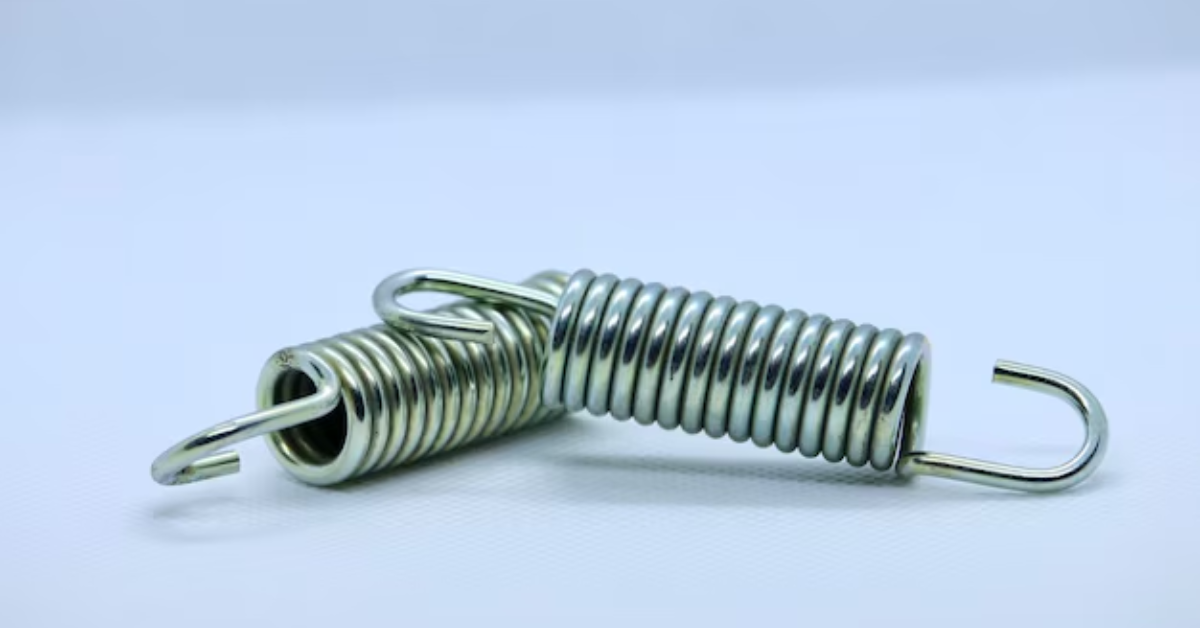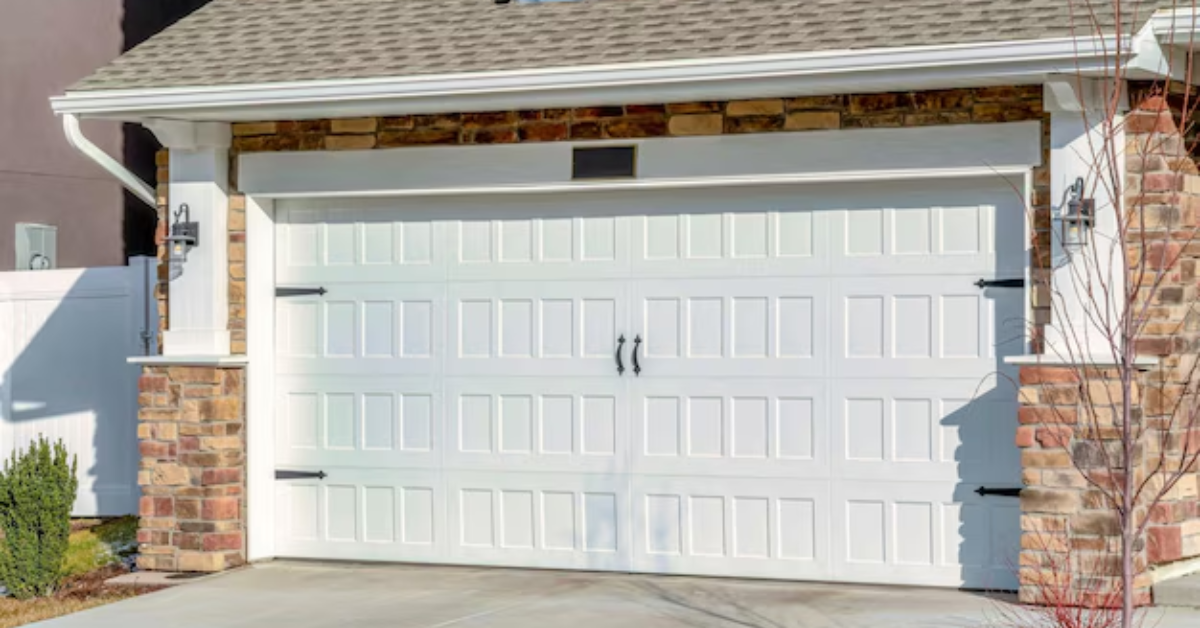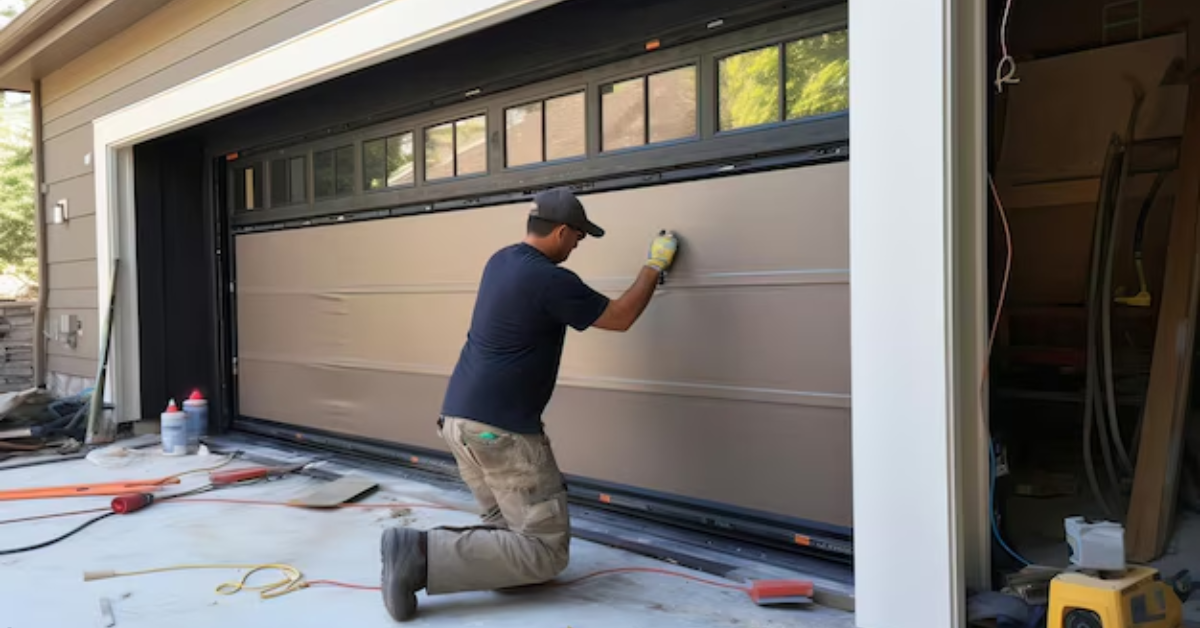How to Properly Lubricate and Maintain Garage Door Springs
Garage door springs play a critical role in the smooth operation of your garage door system. They bear the weight of the door, allowing it to open and close effortlessly. Over time, however, these springs can wear down due to constant use, exposure to dust, and environmental conditions. Regular lubrication and maintenance are essential to extend their lifespan, prevent costly repairs, and ensure safe operation.
In this guide, you’ll learn step-by-step how to properly lubricate and maintain garage door springs, along with tips to keep your entire system in top condition.
Why Garage Door Spring Maintenance Is Important
Garage door springs are under high tension, and neglecting them can lead to:
- Increased wear and tear, causing early spring failure
- Noisy operation due to friction between moving parts
- Difficulty in opening or closing the door
- Safety hazards if a spring snaps unexpectedly
By lubricating and maintaining your springs regularly, you can keep them working smoothly, reduce noise, and avoid expensive emergency repairs.
Types of Garage Door Springs
Before starting maintenance, you should know which type of springs your garage door has:
- Torsion Springs – Mounted horizontally above the door, they twist to store and release energy.
- Extension Springs – Located on both sides of the door, they stretch and contract to help lift the door.
Both types need lubrication, but the application technique may vary slightly.
How Often Should You Lubricate Garage Door Springs?
Experts recommend lubricating your garage door springs every 3 to 6 months, depending on climate and frequency of use. If you notice squeaking, jerking, or difficulty in operation, it may be time for immediate lubrication, even if your last maintenance was recent.
Choosing the Right Lubricant
Not all lubricants are suitable for garage door springs. Avoid WD-40 or other penetrating oils, as they are primarily cleaners, not long-term lubricants. Instead, choose:
- Lithium-based grease
- Silicone spray lubricant
These options provide lasting protection against rust, reduce friction, and withstand temperature changes.
Step-by-Step Guide to Lubricating Garage Door Springs
Step 1: Disconnect Power and Ensure Safety
If you have an automatic opener, unplug it or switch it off. For manual doors, make sure it is in the closed position to relieve tension on the springs. Wear safety gloves and glasses for protection.
Step 2: Clean the Springs
Using a dry cloth, wipe away dust, dirt, and old lubricant. If needed, use a mild household cleaner to remove stubborn grime, but make sure the springs are completely dry before applying new lubricant.
Step 3: Apply Lubricant Evenly
Hold the spray nozzle about 2–3 inches away from the springs. Apply a light, even coating along the length of each spring, ensuring the lubricant penetrates the coils. Avoid over-lubricating, as excess oil can attract dust and dirt.
Step 4: Open and Close the Door
Manually lift and lower the door several times to distribute the lubricant evenly across the springs. This helps the lubricant work into the moving parts for smoother operation.
Step 5: Wipe Off Excess
If any excess lubricant drips, wipe it off with a clean cloth to prevent mess and buildup.
Additional Maintenance Tips for Garage Door Springs
Lubrication is only part of proper spring maintenance. To keep your springs in the best shape, you should also:
- Inspect Springs Regularly – Look for signs of wear, rust, or gaps between coils.
- Check for Balance – Disconnect the opener and manually lift the door halfway. If it stays in place, the springs are balanced. If not, they may need adjustment.
- Avoid Over-tightening – Never attempt to adjust torsion springs yourself; they are under extreme tension and can cause injury if mishandled.
- Replace Both Springs Together – If one breaks, replace both to maintain balanced tension.
Common Signs Your Springs Need Attention
Even with regular lubrication, garage door springs will eventually wear out. Watch for these warning signs:
- Loud squeaking or grinding noises even after lubrication
- Door opens or closes unevenly
- Visible rust or corrosion on the springs
- Gaps in the coils or overstretched extension springs
- Door feels unusually heavy to lift manually
If you notice any of these issues, contact a professional garage door technician immediately.
Safety Precautions When Maintaining Springs
Garage door springs operate under high tension and can be dangerous if handled improperly. Always:
- Keep your hands and face away from the springs when the door is in motion
- Avoid using makeshift tools for adjustments
- Contact a professional for repairs or replacement
- Perform lubrication only when the door is stationary and the opener is disconnected
Benefits of Regular Garage Door Spring Maintenance
Investing a few minutes every few months in lubricating and inspecting your garage door springs can:
- Extend the lifespan of the springs and opener
- Ensure smooth, quiet operation
- Prevent sudden breakdowns
- Improve overall door performance
- Enhance safety for your household
Final Thoughts
Knowing how to properly lubricate and maintain garage door springs is essential for keeping your garage door safe, quiet, and functional. Using the right lubricant, following a regular schedule, and combining lubrication with basic inspections will go a long way toward preventing costly repairs.
While lubrication is a DIY-friendly task, any adjustments or replacements should be left to professionals to avoid injury. By taking these preventative steps, you’ll enjoy a smoother-operating garage door and peace of mind knowing your springs are in great condition.




